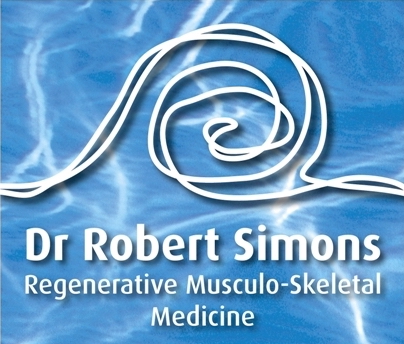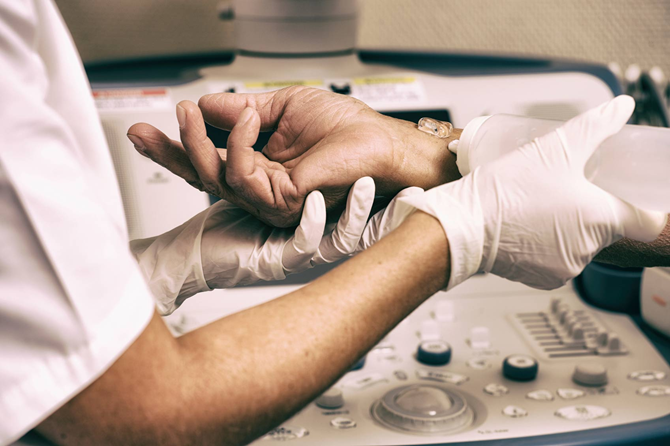CARPEL TUNNEL
THE WRIST CONTAINS A NARROW STRUCTURE CALLED THE CARPAL TUNNEL.
In this tunnel is the median nerve that controls feeling inside the palm of your hand, and flexor tendons that enable you to bend your fingers and thumb. When the tissues around the flexor tendons swell, they compress the space in the tunnel, crowd the median nerve and result in painful symptoms.
WHAT CAUSES CARPAL TUNNEL SYNDROME?
Carpal tunnel syndrome can develop for a wide range of reasons. Some of the most common ones include:
GENETIC FACTORS
Some families carry a genetic trait for a naturally smaller carpal tunnel, which increases the likelihood of suffering from this condition.
REPETITIVE USE
Regular and repetitive use of your hand over time can cause carpal tunnel syndrome to develop.
PREGNANCY
In some women, hormonal changes during pregnancy trigger carpal tunnel syndrome.
ADVANCING AGE
Carpal tunnel syndrome is seen much more frequently in older individuals.
CERTAIN MEDICAL CONDITIONS
Certain conditions increase your risk of developing carpal tunnel syndrome, including diabetes, rheumatoid arthritis and thyroid disease

